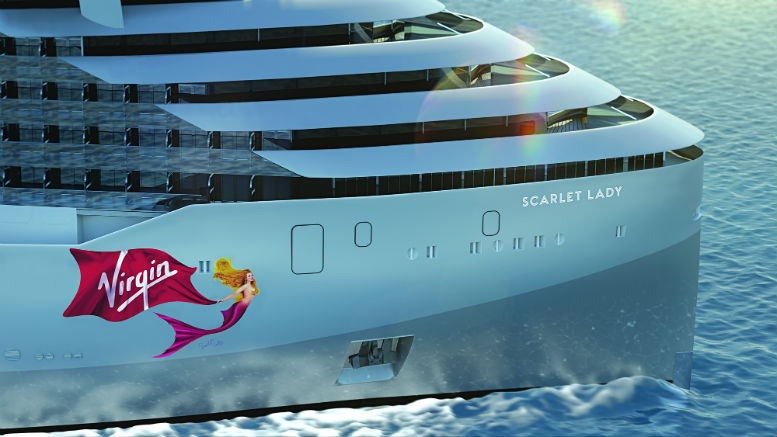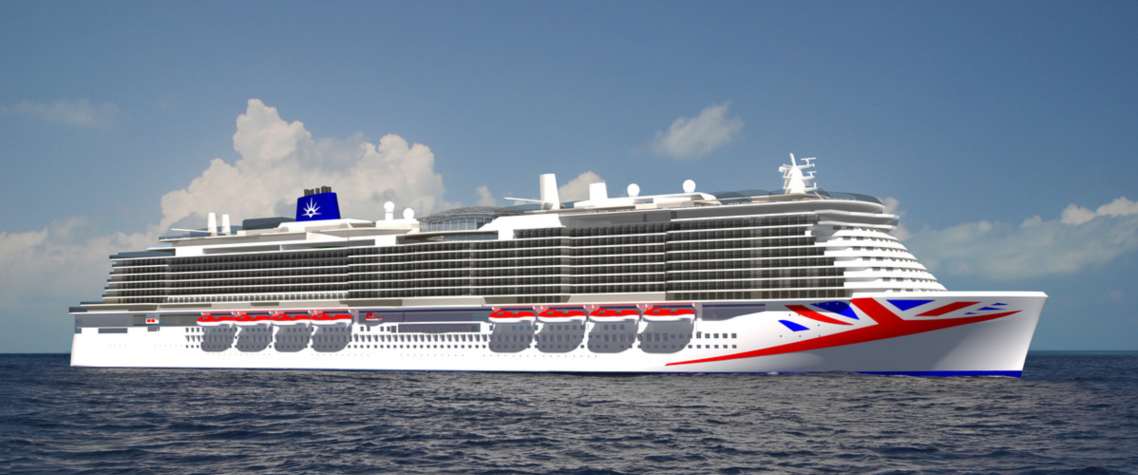Fiscal realities now tempering cruise lines' China infatuation
The Norwegian Joy, built for the Chinese market, will move to Alaska next spring.
Wall Street has long questioned whether the international cruise industry's romance with China is the beginning of a lifelong affair or just one of those things. While it is still too soon to call, that relationship in recent months has shown signs of cooling.
The latest evidence is the decision by Norwegian Cruise Line to pull its year-old Norwegian Joy out of China, where it was sent in 2017 to cruise year-round.
The Joy, which was custom-built for the China market, will move to Alaska in April, then remain on the West Coast through the winter of 2020.
In its place, Norwegian will send the 20-year-old Norwegian Spirit to cruise from Shanghai seasonally starting in summer 2020. That would leave a gap of more than a year when the cruise line will be altogether absent from China.
While the move is welcome news for U.S. travel agents and will put Norwegian's two newest ships in Alaska next summer, it seems to write off much of the investment that Norwegian made to enter China.
Norwegian president Andy Stuart said the switch is more a reflection of hot demand for Alaska than it is discouragement with China.
"We're still optimistic about China," Stuart said. "China's a good market. We introduced Bliss in Alaska, and we've seen a tremendous strength and a lot of excitement around the introduction of a new ship to the Alaska market."
He added: "We're seeing such strength in Alaska, good strength in Europe, and the beauty of our industry is that assets are flexible. So it's really right-sizing the market as we're seeing demand today."
Stuart said the recent tension in Sino-U.S. relations, with each side imposing new tariffs on goods imported from the other, had no bearing on the decision to move the Joy out of Asia.
But even before that, cruise lines were not enjoying the smooth sailing they had once hoped for in the world's most populous country.
The Norwegian Joy arrived in June 2017 in the wake of the installation of a U.S.-provided defensive missile system in South Korea. The system gave Chinese military officials heartburn, and they moved to punish South Korea economically, in part by ending permission for China-sourced cruises to visit Korea.
That left cruise lines cutting the prices on their charter contracts with Chinese travel wholesalers.
Still, officials at Norwegian Cruise Line Holdings (NCLH), parent of Norwegian Cruise Line, remained upbeat. Asked in a February conference call which world markets were the least robust, CEO Frank Del Rio said that all were good enough.
"It's one of those few times in my tenure, in the 25 years I've been in the industry, that I wouldn't move any of my ships. I like where they are," Del Rio said.
But he went on to add he wouldn't necessarily put the second ship in China.
"There are still challenges in China," Del Rio said. "I don't think China's hitting on all cylinders like it can."
He went on to reel off the names of a half-dozen unserved or underserved markets in North America, among them Los Angeles and Alaska.
The Joy news cheered Wall Street. NCLH shares rose 5.4% on the day of the announcement, with other cruise companies seeing smaller increases. In an investor note, Citigroup analyst Greg Badishkanian said Norwegian's move "should help right-size capacity in China."
Analyst Robin Farley of UBS Group said in May that yields for the Joy in China this year were likely to be 25% below the other Breakaway-class ships, such as the Norwegian Escape. She said it would boost Norwegian's earnings to move the ship to North America.
The news was also greeted warmly by travel agents.
"It's really exciting to have new hardware and new experiences for our customers in Alaska," said Ashley Hunter, vice president of business development at Avoya Travel, which has its operations office near San Diego.
Agents on the West Coast have been starving for up-to-date inventory, and having the Joy for a year, sailing Mexican Riviera cruises from Los Angeles in the winter of 2019-20, will expose more people in Western states to the brand.
Many cruise lines cut back their already small presence on the West Coast after the 2009 swine flu outbreak and unrest in Mexico, Hunter recalled, but she said the trend is starting to reverse.
"I think we're starting to see a movement back over to the West Coast," Hunter said, citing new Carnival Cruise Line capacity in Long Beach and San Diego in addition to the Norwegian Joy announcement.
Conversely, the urge to add capacity in China is ebbing.
In 2015, Princess Cruises said it would devote the new Majestic Princess to year-round cruising in China and customize it to Chinese tastes, even giving it a Chinese-language name. But in September, the 3,560-passenger ship will begin an eight-month deployment in Australia.
The brands with a remaining multi-ship commitment to China are Royal Caribbean International and Carnival Corp.'s Costa Cruises.
Stuart said Norwegian's size relative to the two other big cruise companies gives it more flexibility.
"We're not the largest brand," he said, "and the size of our fleet allows us to be a little more nimble in making sure you capitalize on opportunities where you have overperforming markets."
Norwegian plans to spend $50 million on the Joy before it arrives in Seattle to make it a virtual twin to Bliss, Stuart said. But it plans to keep the hull art by Chinese artist Tan Ping of a large red phoenix, a symbol of beauty and good luck in Chinese culture.
Stuart said that while it might strike a note of discord with some in Alaska, others will view it differently.
"It feels like a beautiful piece of art on the side of the ship," he said.
"I'm not sure if everybody started from scratch and said, 'Look at the art on Norwegian Joy. What country does it represent?' I don't know that everyone would immediately say China," Stuart said.































